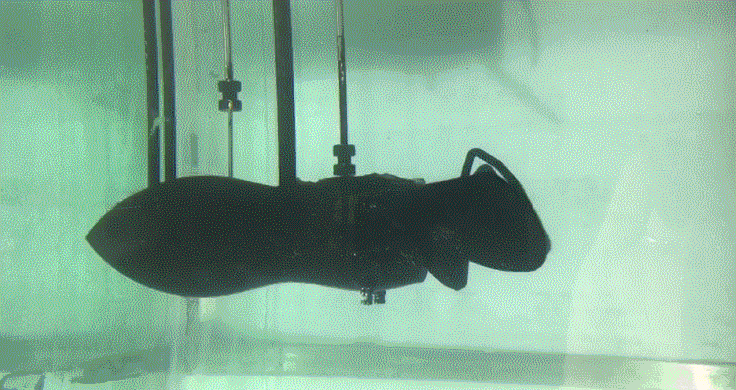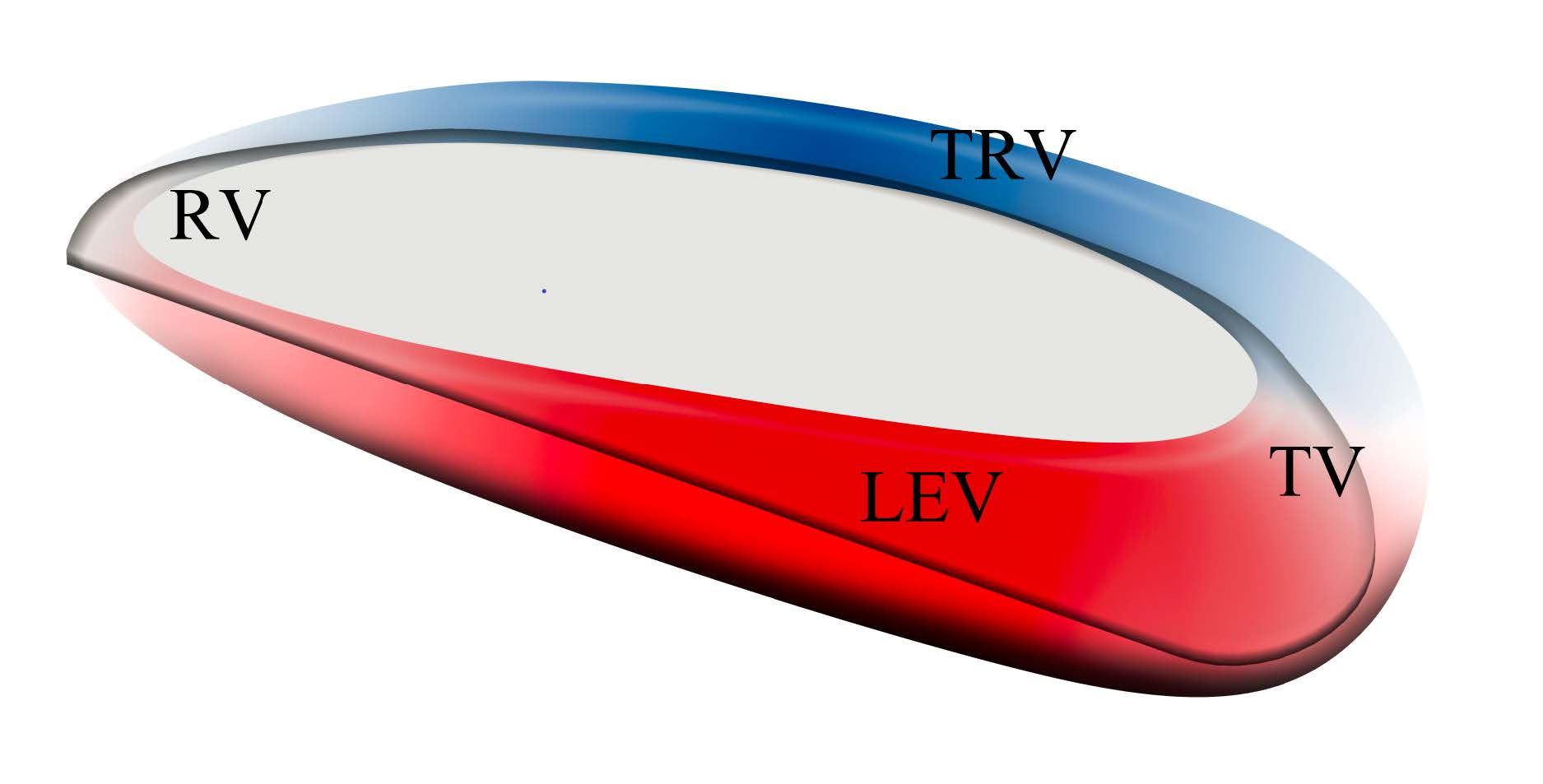Scaling analysis of the circulation growth of leading-edge vortex in flapping flight
Published in Acta Mechanica Sinica, 2021
Recommended citation: Xiang, Y., Hang, H., Qin, S., and Liu, H. Scaling analysis of the circulation growth of leading-edge vortex in flapping flight. Acta Mech. Sin. (2021). https://doi.org/10.1007/s10409-021-01134-7
In this paper, an experiment of a robotic model at Reynolds number of approximately 240 is performed with the aim of establishing a scaling law for describing the circulation growth of the leading-edge vortex (LEV) on a flapping wing. Three typical modes of wing rotation, i.e., advanced, symmetric, and delayed modes, are considered to examine the effects of wing rotation on the scaling formation of LEV. The streamwise velocity fields of the LEV along the span of the wing are measured by particle image velocimetry technique. Experimental results demonstrated that a spirally three dimensional (3D) LEV with spanwise distribution of circulation rolls up on the upper surface of wing and the circulation of LEV usually obtains the peak before the end of wing stroke. Based on the concept of vortex formation time, the formation time of the 3D LEV are defined in two distinct manners. One (denoted by $T*_{LEV}$ ) is defined based on the LEV circulation, and the other (denoted by $T**_{LEV}$ ) is defined based on the wing kinematics. It is found that $T**_{LEV}$ increases monotonously during the upstroke and downstroke, whereas $T*_{LEV}$ generally arrives peaks and then decreases. The peak value of $T*_{LEV}$ indicates the formation number of LEV, which stays in the range of 2.5–5.5, agrees with the scaling formation number predicted by other vortices. Moreover, the mode of wing rotation plays a controllable role in the formation number of LEV by modulating the characteristic length scale that feeds the formation of LEV. After reaching the formation number, the LEVs stably remain attached on the flapping wing and even further grow at some spanwise locations because of vorticity transport. Furthermore, the linear relationship between $T*_{LEV}$ and $T**_{LEV}$ before reaching the formation number can suggest a potential model for predicting the circulation growth of LEV based on wing kinematics.



Recommended citation: Xiang, Y., Hang, H., Qin, S., and Liu, H. Scaling analysis of the circulation growth of leading-edge vortex in flapping flight. Acta Mech. Sin. (2021).
